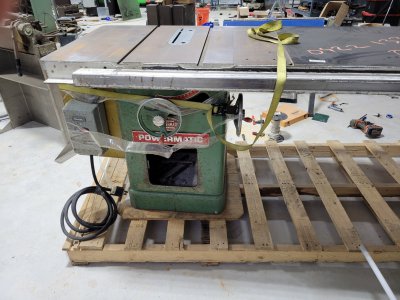- Joined
- Jan 2, 2014
- Messages
- 9,534
Have you ever attempted to make one of the counter sinks with the hole through? I am not certain what the proper terminology is for those...
I believe that's called a zero-flute:
https://littlemachineshop.com/products/product_view.php?ProductID=4542&category=
Brian




